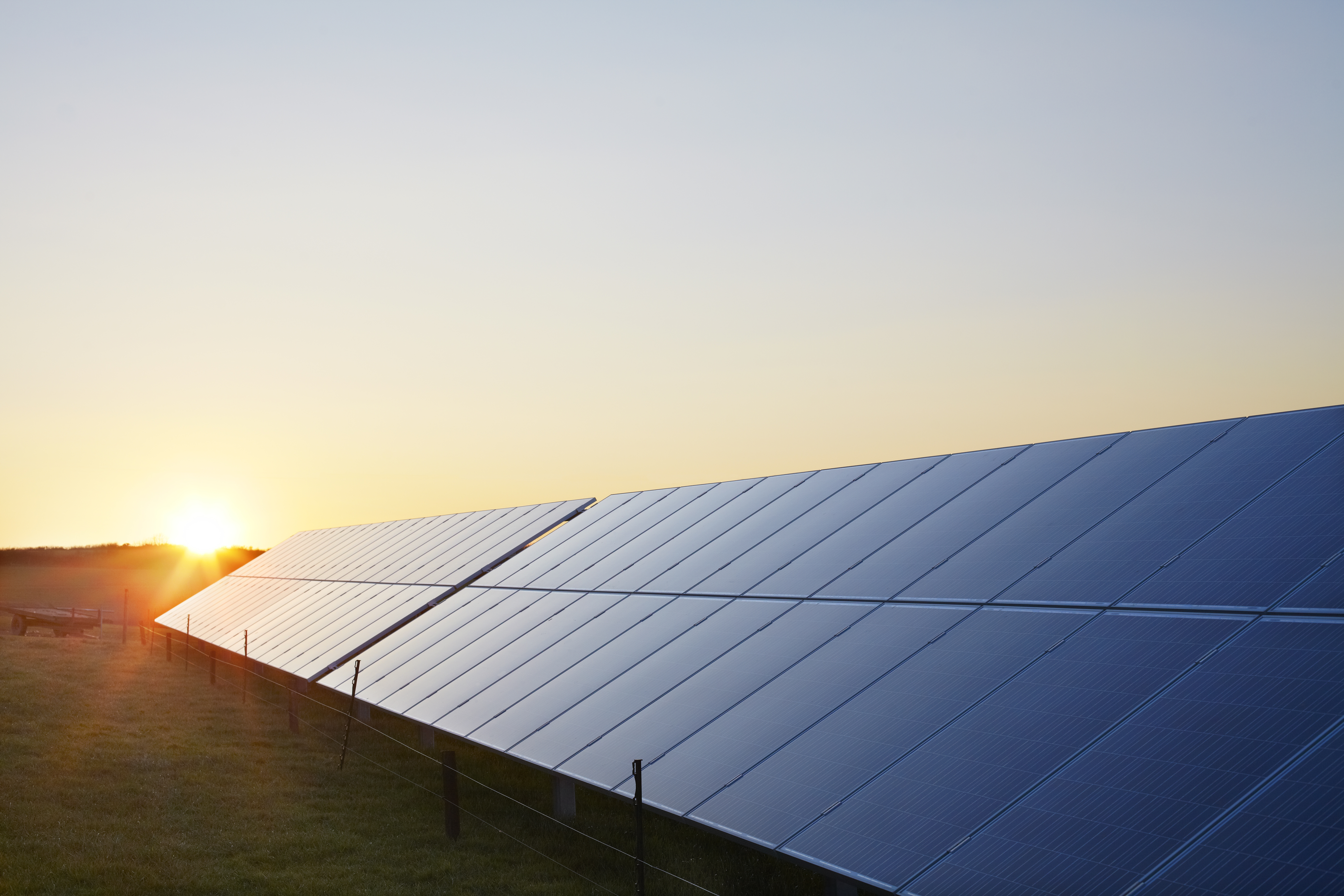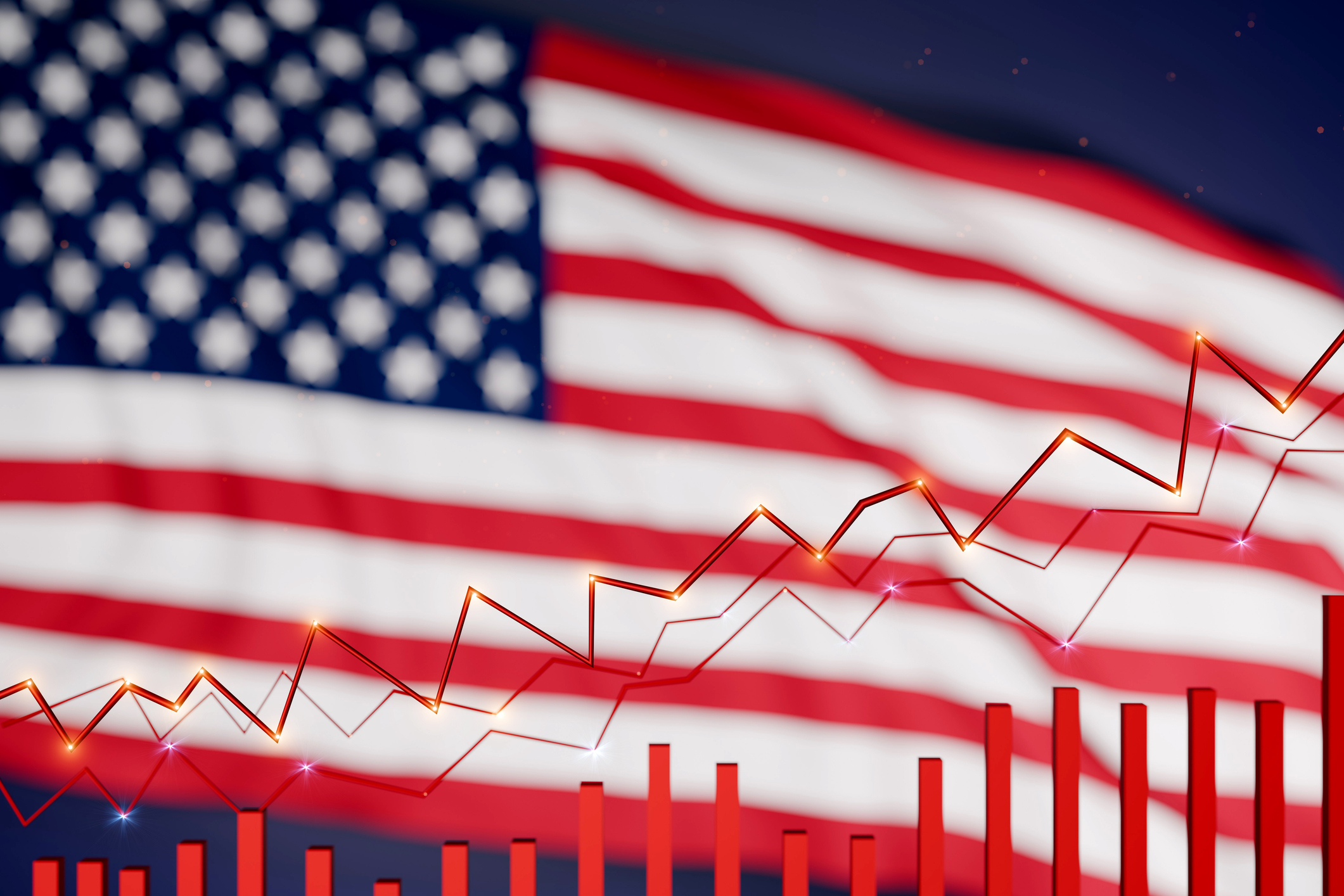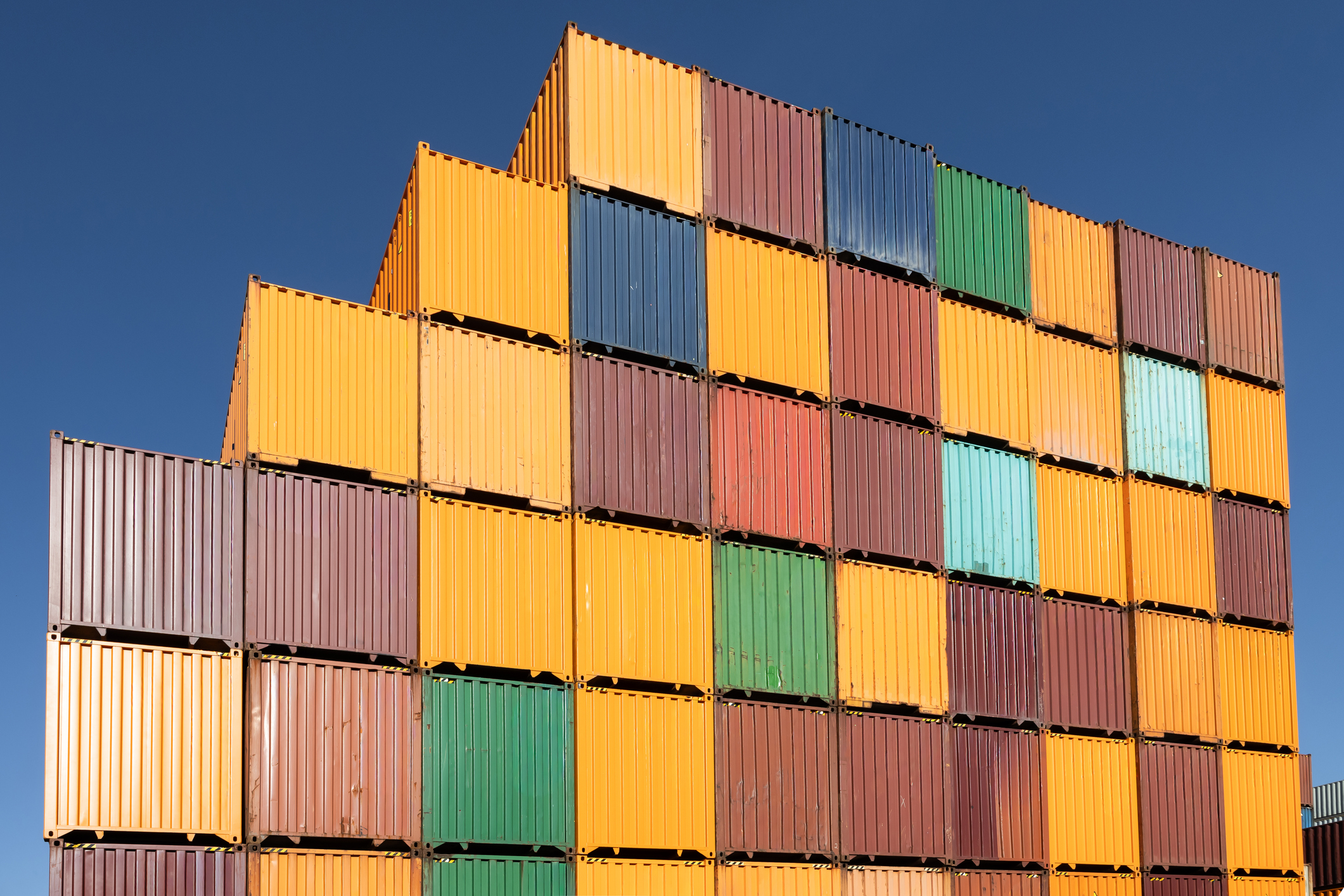Will Comstock crash – or soar?
The upside for Comstock, a solar panel-recycling and biomass-refining group, dwarfs the downside, says Dominic Frisby.


When the potential upside of an investment eclipses the downside, you have a so-called asymmetric bet – “the holy grail of investing”, some say. You might risk $1,000. Instead of a “safe” 10% annual return, you might make ten or a hundred times your money – or you might lose it all. Enter Comstock (NYSE: LODE), which trades on the Amex in New York, an exchange for small and medium-sized companies. The stock is very volatile. Now worth $1.50, in 2021 it was flirting with $100. But if it achieves its lofty goals, it might be able to reclaim the $100 mark.
Comstock is not easy to understand, but we’ll start with its assets. This is a Nevada-based, former junior mining company, which took its name from its main property, Comstock Lode. A silver rush occurred there in the 1850s and 1860s. It was where Mark Twain lost his shirt and famously declared that a gold mine is “a hole in the ground with a liar at the top”.
Estimates are that the district, historically, produced between seven and eight million ounces of gold and 225 million ounces of silver. The company still owns the district, which spans 12 square miles, and it has 600,000 proven ounces of gold and six million ounces of silver. What’s that worth? $50 million, perhaps ($50 an ounce for the gold, $3/oz for the silver). The plan is to sell or lease the asset. Then it has 260 acres of land in Nevada (“data-centre country”) worth $50 million, which it is also selling. It also owns a 17% stake of 2,500 acres of similar land nearby, worth another $50 million. So that’s $150 million in assets.
MoneyWeek
Subscribe to MoneyWeek today and get your first six magazine issues absolutely FREE

Sign up to Money Morning
Don't miss the latest investment and personal finances news, market analysis, plus money-saving tips with our free twice-daily newsletter
Don't miss the latest investment and personal finances news, market analysis, plus money-saving tips with our free twice-daily newsletter
Now, on to the stock’s vast potential. It has two fledgling recycling businesses, one for solar panels (Comstock Metals), the other for biofuels (Comstock Fuels). The US is about to be hit with 33 million photovoltaic (PV) solar panels by 2030 – one million tonnes – and ten times that by 2050, as they come to the end of their life. Southwestern states, for obvious sunny reasons, have more than their fair share. Around 90% of panels are now dumped in landfill, but California has banned them from landfills, so they have to be trucked and buried out of state.
Comstock's numbers add up
Comstock Metals lies just across the border. It already has a functioning demonstration facility that processes 135,000 panels a year. Next it plans to build three recycling facilities in Nevada at a cost of $12 million each. The first will be operational next year. Between them, by 2030, they will be able to process ten million panels per year. These still need financing, which will either come from debt or equity (there are multiple solutions). For the $36 million outlay, they will generate $180 million in profit per year. Here’s how.
Comstock is paid a “dumping fee” of $500 per tonne to take the metal. (It costs the same to send to landfill.) It then recycles the panels, which costs $100/ tonne, to produce ground aluminium, ground glass, silver and copper, which it then sells for $200/tonne. So for every tonne it processes it makes $600, an 85% margin. If the plan for three plants to be operational by 2030 (processing 300,000 tonnes) is successful, that’s $180 million in earnings, including between nine and ten million ounces of silver production, which equates to a $1.8 billion valuation by 2030.
The fuels side of the business is harder to understand, but it seems to have the most potential. Comstock Fuels has a technology that converts waste wood – forestry residue, sawmill waste – and crops into fuels, specifically sustainable aviation fuel, renewable diesel, ethanol and gasoline. The yields are industry-leading. Comstock will build and operate a network of “bioleum refineries” in the US, starting with a demonstration facility in Oklahoma, aiming to produce 200 million barrels of renewable fuel annually by 2035. To build this demonstration facility it needs $150 million. Refineries are not cheap.
But it will also license its technology globally. It already has five international licence deals secured, for which Comstock receives 6% engineering fees (on top of the cost of building the product), 6% royalties, and 20% equity, while the cost of construction is shouldered by the licensee. There is scope for hundreds of millions of fees and royalties. Note that these overseas deals have not been actively sought out; rather the partners have sought out Comstock.
It all depends on the success of the technology: it is crucial that it can’t be copied and that nobody else comes up with something superior. Much can go wrong. But the potential is there. And from a macroeconomic point of view the group is well placed to benefit from Trump’s America-first policies.
It’s all going to cost a lot of money. Who pays? The firm has announced partnerships with special-purpose firm SBC Commerce, and titans RWE Energy for solar panels and Marathon Petroleum for fuels, but details of these deals are still thin on the ground. There is a funding round coming later this year, so we should learn more. Sales of the real-estate and mining assets would reduce the dilution risk. Note too that when Comstock licenses to third parties, there is no capital required.
All this for a market value of $60 million. Too good to be true? Probably. One potential problem is that the scale of the ambition is too great for a company of this size. I’ve seen many natural-resource companies with lofty recycling goals go bust. So much hinges on flawless execution. There are some questions about management too. But it’s still an asymmetric bet.
Dominic Frisby writes the investment newsletter The Flying Frisby, theflyingfrisby.com
This article was first published in MoneyWeek's magazine. Enjoy exclusive early access to news, opinion and analysis from our team of financial experts with a MoneyWeek subscription.
Get the latest financial news, insights and expert analysis from our award-winning MoneyWeek team, to help you understand what really matters when it comes to your finances.
Dominic Frisby (“mercurially witty” – the Spectator) is as far as we know the world’s only financial writer and comedian. He is the author of the popular newsletter the Flying Frisby and is MoneyWeek’s main commentator on gold, commodities, currencies and cryptocurrencies. He has also taken several of his shows to the Edinburgh Festival Fringe.
His books are Daylight Robbery - How Tax Changed our Past and Will Shape our Future; Bitcoin: the Future of Money? and Life After the State - Why We Don't Need Government.
Dominic was educated at St Paul's School, Manchester University and the Webber-Douglas Academy Of Dramatic Art.
You can follow him on X @dominicfrisby
-
 ‘Why I have ditched my Help to Buy ISA for cash savings and the stock market’
‘Why I have ditched my Help to Buy ISA for cash savings and the stock market’Without the 25% bonus, my Help to Buy ISA is effectively redundant, says MoneyWeek writer Sam Walker.
-
 Is your inheritance tax allowance cut if you sell to downsize or sell your home to pay for care?
Is your inheritance tax allowance cut if you sell to downsize or sell your home to pay for care?Downsizing relief is a little-known benefit that could save your loved ones tens of thousands of pounds in inheritance tax after you’ve died.
-
 Stock markets have a mountain to climb: opt for resilience, growth and value
Stock markets have a mountain to climb: opt for resilience, growth and valueOpinion Julian Wheeler, partner and US equity specialist, Shard Capital, highlights three US stocks where he would put his money
-
 The steady rise of stablecoins
The steady rise of stablecoinsInnovations in cryptocurrency have created stablecoins, a new form of money. Trump is an enthusiastic supporter, but its benefits are not yet clear
-
 SRT Marine Systems: A leader in marine technology
SRT Marine Systems: A leader in marine technologySRT Marine Systems is thriving and has a bulging order book, says Dr Michael Tubbs
-
 Goodwin: A superlative British manufacturer to buy now
Goodwin: A superlative British manufacturer to buy nowVeteran engineering group Goodwin has created a new profit engine. But following its tremendous run, can investors still afford the shares?
-
 A change in leadership: Is US stock market exceptionalism over?
A change in leadership: Is US stock market exceptionalism over?US stocks trailed the rest of the world in 2025. Is this a sign that a long-overdue shift is underway?
-
 A reckoning is coming for unnecessary investment trusts
A reckoning is coming for unnecessary investment trustsInvestment trusts that don’t use their structural advantages will find it increasingly hard to survive, says Rupert Hargreaves
-
 Metals and AI power emerging markets
Metals and AI power emerging marketsThis year’s big emerging market winners have tended to offer exposure to one of 2025’s two winning trends – AI-focused tech and the global metals rally
-
 8 of the best houses for sale with beautiful fireplaces
8 of the best houses for sale with beautiful fireplacesThe best houses for sale with beautiful fireplaces – from a 15th-century cottage in Kent to a 17th-century palazzo in Oxfordshire
